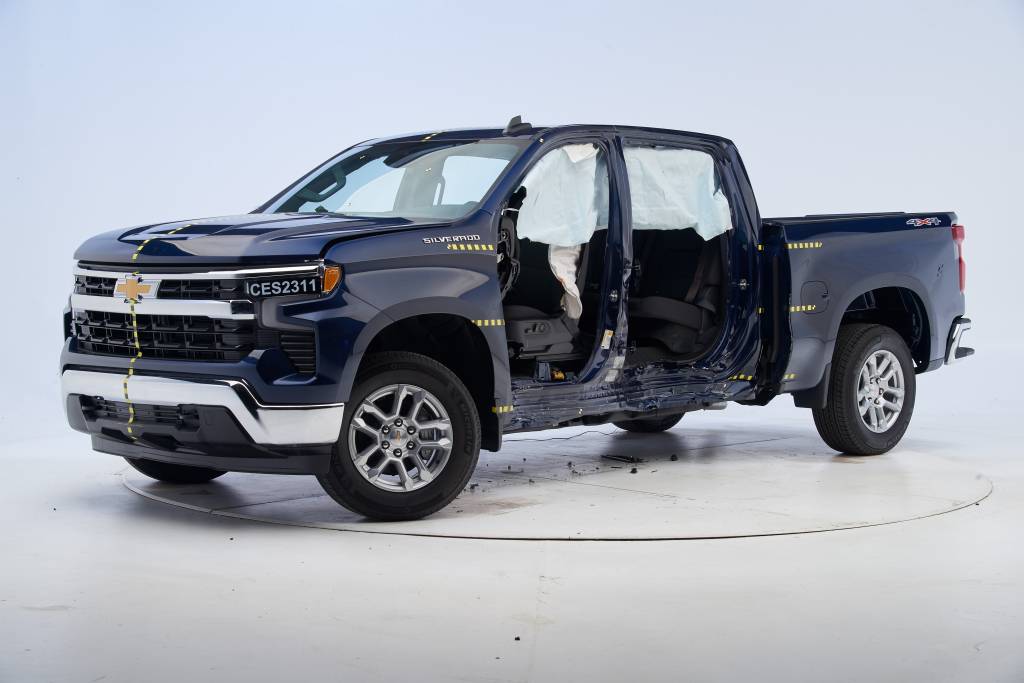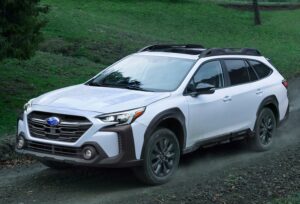In a recent announcement, the Insurance Institute of Highway Safety (IIHS) revealed mixed results for full-size pickup trucks following two updated crash tests. The nonprofit safety agency disclosed that crew cab versions of the Ram 1500, Ford F-150, and Toyota Tundra secured top “Good” ratings in the revised side impact test. However, the Chevy Silverado 1500 earned an “Acceptable” rating in the same test.
In contrast, the results took a different turn in the updated moderate-overlap front crash test, specifically designed to assess rear passenger safety. Surprisingly, the Ram 1500, Ford F-150, and Toyota Tundra all received “Poor” ratings in this evaluation, with the Tundra earning a slightly better “Marginal” rating.
Introduced last year, the modification to the moderate-overlap front crash test aimed to enhance protection for rear occupants, an aspect that had been lacking in previous assessments. This updated test employs a dummy simulating a small woman or a 12-year-old child placed in the seat behind the driver.
IIHS President David Harkey commented on the results, stating that large pickups, much like other vehicle classes, do not perform as well in the new moderate overlap evaluation as they do in the updated side test.
The IIHS regularly updates its tests to reflect changes in modern roadways, accounting for factors such as larger vehicle sizes and higher speeds. The tougher side-impact test, for instance, transitioned from a 3,300-pound barrier to a 4,180-pound barrier in 2023, adapting to the changing landscape of vehicle weights.
Historically, the front seats and crumple zones shielded rear-seat occupants from front crashes. However, the IIHS found a 46% higher fatality rate for belted occupants in the rear seat compared to those in the front seat since model year 2007. Despite the rear seat not becoming less safe, advancements in front seat occupant safety have outpaced Rear Passenger Safety.
The introduced rear passenger safety test addresses concerns by evaluating the potential risks of head, neck, chest, abdomen, and thigh injuries. It also focuses on chest injuries, which are the most common serious injuries in the rear seat for adults. The IIHS highlighted the issue of “submarining” and observed that it was a problem for all four pickups, with excessive belt forces noted in all but the Tundra.
Despite the challenges identified, the IIHS emphasized that the rear seat of crew cabs remains the safest place for children, aiming to prevent injuries caused by front airbag inflations in the front passenger seat.





